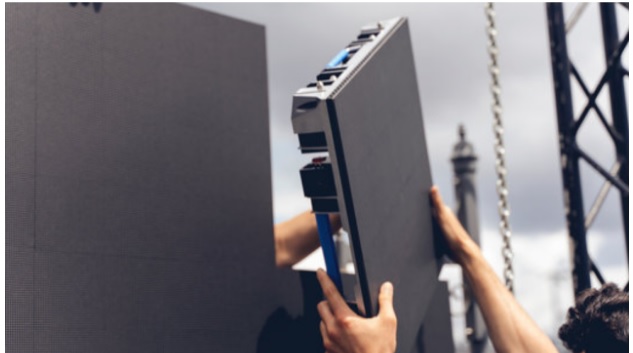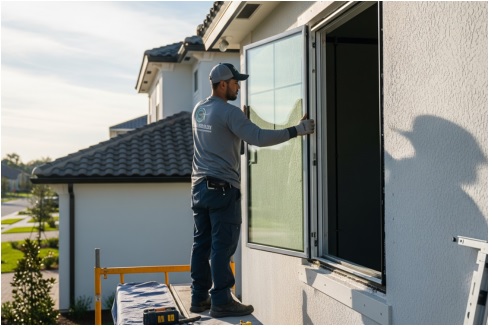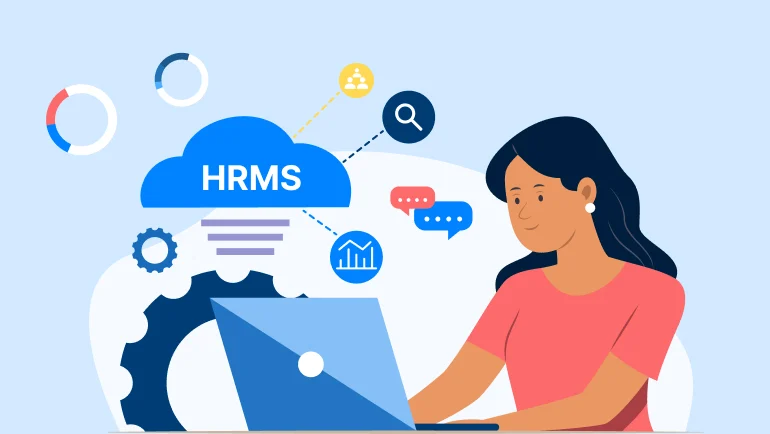How To Integrate LED Video Walls With Your Existing Tech

Proper integration of your LED video wall with existing tech offers:
- Improved content management
- Better signal quality
- More engaging experiences for your audience.
Many businesses in Las Vegas invest in LED video wall rentals for trade shows or conventions, but struggle to integrate them with their existing technology. This often leads to:
- Connectivity issues
- Poor performance
So, when you consider LED video wall rentals in Las Vegas, it is also important to know the integration process.
Let’s dive into how to integrate an LED video wall with your existing technology.
1. Assess Your Current System
To check your current system, follow these steps:
- Identify all signal sources (computers, laptops, media servers, cameras, etc.)
- Check the compatibility of input/output ports
- Ensure all devices support the necessary connections
2. Installation Planning
Good planning is the foundation of a successful setup. Knowing you have the right location and space helps avoid last-minute complications. Follow these steps for successful installation planning:
- Check visibility
- Measure the space
- Verify the site’s structural integrity
- Plan for electrical wiring and signal routing
3. Connect Your Hardware
Properly connecting your hardware results in:
- Better video quality
- Fewer technical issues
- Seamless display experience
To connect your hardware, follow these steps:
1. Gather all devices that will send content to the LED video wall, such as:
- Laptop
- Media player
- Live camera
- Streaming device
2. Make sure each device has the right output ports that match your LED walls’ controller or processor, such as:
- HDMI
- DisplayPort
- Network outputs
3. Use strong, high-quality cables to connect your devices to the LED controller (LED box or video wall processor).
4. Make connections to the controller or processor.
NOTE: Double-check the connection ports on your devices and the LED wall to ensure a smooth experience.
4. Software and Control Integration
Proper software integration offers benefits such as:
- Centralized control
- Ease of use
- Efficient content management
Many exhibitors use LED video wall control software that helps them switch from videos to live streams instantly. Here is how to integrate software and control systems:
- Install the recommended management software
- Connect your devices
- Use intuitive tools for easy content scheduling and control
5. Calibrate and Test
Calibrating and testing your video wall offers:
- Better color accuracy
- Improved brightness
- An enhanced viewing experience for your audience
To calibrate and test your LED video wall, follow these steps:
- Adjust color balance, brightness, and contrast
- Test the display with different media to ensure consistent visual quality
After you are done with calibrating and testing, the screen will look flawless and deliver the impact you want.
6. Expand Functionality
To expand the functionality of your LED video wall, consider adding interactive elements such as:
- Sound and lighting systems
- Sync with AR or real-time rendering software
The Bottom Line
A video wall rental company in Las Vegas provides turnkey services, customization, and basic AV synchronization to support you. However, the process of integrating an LED video wall with your existing technology may look complex at first, but it is easy with:
- Right planning
- Setup
- Software
Every step from reviewing your AV system to adding interactive features helps create a seamless experience for your audience.







